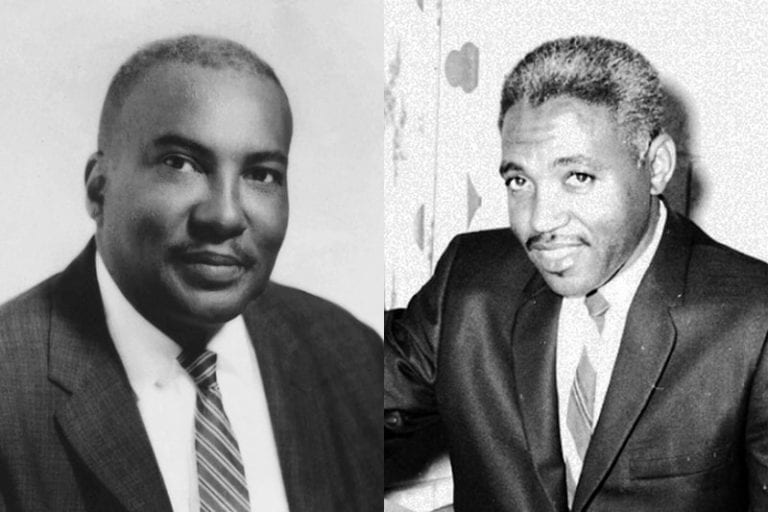
A historical marker was dedicated to the Bealsville community May 13, sponsored by the Hillsborough County Historical Advisory Council. Bealsville was founded by freed slaves in 1865, after the end of the Civil War. Let’s take a look at two significant black communities in the Plant City area.
We have recently come across a 2005 thesis written by Mark W. Kerlin, a graduate student at the University of Central Florida, titled “Plant City, Florida, 1885-1940: A Study in Southern Urban Development.”
Following the Civil War, the Reconstruction effort that sought to repair the damages of war and return governmental entities, society and the economy to a state of relative normalcy began to fade. The end of Reconstruction began the unraveling of gains the black population had achieved since the end of the war in 1865. Also with the end of war, Florida became the only frontier area east of the Mississippi.
Kerlin wrote: “Because of segregation and its marginalizing effect, the story of black communities, which grew in the shadows of the dominant white community, were often left unrecorded.”
It is notable that because of segregation, blacks “were relatively free from white interference, where they could develop their own communities, economically and culturally,” he wrote. “Plant City’s black community reflects both the initiative and inventiveness of its citizens and the oppression of segregation.”
This is seen both in the agricultural-based Bealsville community and the economically mixed community that sprouted around the Laura Street business district.
By the late 1800s, there were clear signs of the institutional development of separate black communities. Their major foundations were built around churches — the Antioch Baptist Church, in Bealsville (1868), and the Allen Chapel of the African Methodist Episcopal Church (1893), in the Laura Street community.
The next layer of the communities’ foundations was the schools. Bealsville was first named Howell’s Creek, in honor of the assistance received from the Howell family. It was later called Antioch. Shortly after the construction of Antioch Baptist Church in 1868, a school was started inside the church building. In 1875, the community residents built a one-room log cabin school. Antioch Baptist Church, its school and cemetery were constructed on land donated by Alfred Beal, and in 1923, it became Bealsville.
Following the Allen Chapel build in 1893, the Laura Street community also opened a school, which was operating as early as 1898. The community school continued in operation until about 1909 to 1914, when the first public school for blacks was built in Plant City. This school evolved in 1920, into Midway Academy. The school continued to evolve, and the higher grades became Marshall High School in 1949, and later, the lower grades became Lincoln Elementary School.
By 1932, Bealsville organized to build a new school. They raised more than $1,100 and, with the partnership of the school board, built a three-room school on 10 acres donated by William Glover. The school was later renamed Glover School and operated as a school for blacks until about 1972.
By the mid-1900s, these two communities had developed their own characteristics and institutions. Bealsville was primarily agricultural, and the Laura Street community had its own commerce — restaurants, theaters, grocery stores, barbers and hair salons, rooming houses, bars and night clubs, a black Masonic lodge, a funeral home, a taxi service, churches and more.
Many residents of these communities attended local schools, developed professional careers and became prominent citizens. Two examples are Elijah Lutrell Bing Jr. and Dr. Sam Horton Jr.
Bing was born in the Laura Street community about 1921 and attended Midway Academy. Because there was no further education available for blacks locally, he attended junior high school in Jacksonville while living with relatives. He returned to Plant City and completed high school in Lakeland. Bing served in the U.S. Army and, upon his return, completed his undergraduate education at Florida A&M University. He received his master’s degree in education at Columbia University, in New York.
Bing returned to Plant City and served as principal from 1949 to 1954, at the Glover School, and then from 1954 to 1967, at the all-black Marshall High School. Bing was named in 1967 director of federal projects for the Hillsborough district and became an assistant school superintendent. Bing also was appointed to a vacancy on the Hillsborough Board of County Commissioners.
Horton was born in 1929 and grew up in Bealsville. He attended the Glover School then Midway Academy. He received his bachelor’s degree from Florida A&M University and later completed his doctoral studies at Nova Southeastern University.
Horton taught in local schools from 1949 until 1965, when he became principal at Lincoln. When Bing left Marshall to take the district position, Horton took over as principal at Marshall, where he implemented the integration program. In 1978, Horton was appointed general director for secondary education for Hillsborough. He retired in 1991.
In addition to these two men, the communities of Bealsville and Laura Street are memorialized by two structures: the Glover School, in Bealsville, and the Bing Rooming House at Allen and Laura streets. These two men and two structures are symbolic of the spirit and the culture of the historically significant communities of Bealsville and Laura Street.
Sources: James W. Loewen, Lies My Teacher Told Me; Quintilla Geer Bruton and David E. Bailey, Plant City; Its Origin and History; Mark W. Kerlin, Plant City, Florida, 1885-1940: A Study in Southern Urban Development; U.S. Department of the Interior, National Park Service, National Register of Historic Places; the Tampa Tribune; Tampa Bay Times; Plant City Photo Archives and History Center.
Gil Gott is executive director of the Plant City Photo Archives and History Center.mobile.wihack.com
